
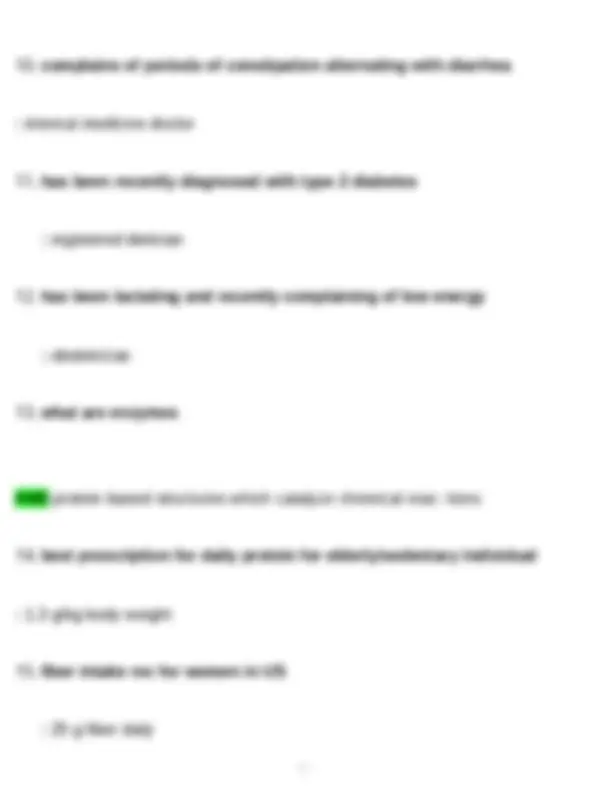
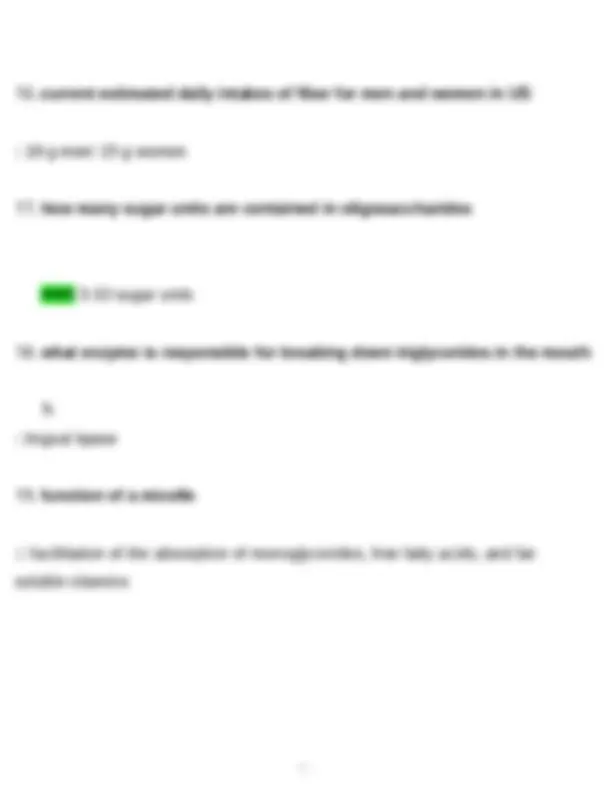
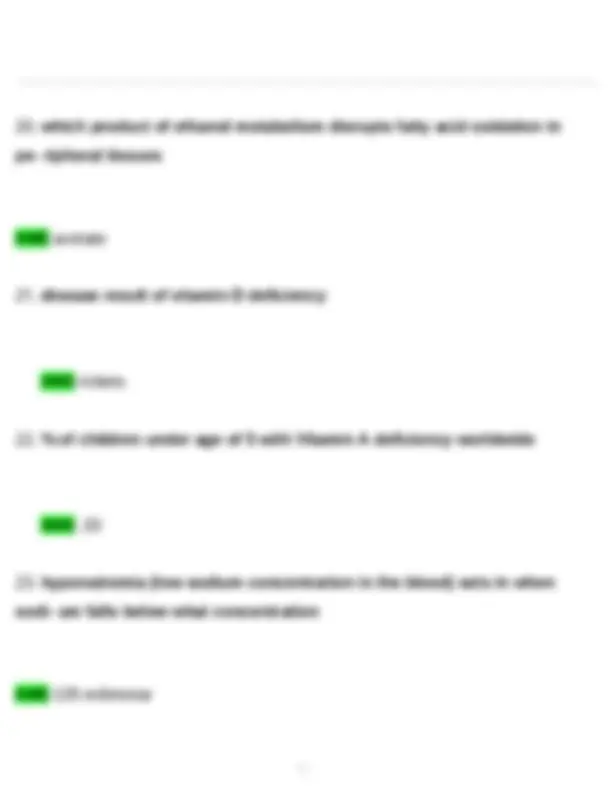
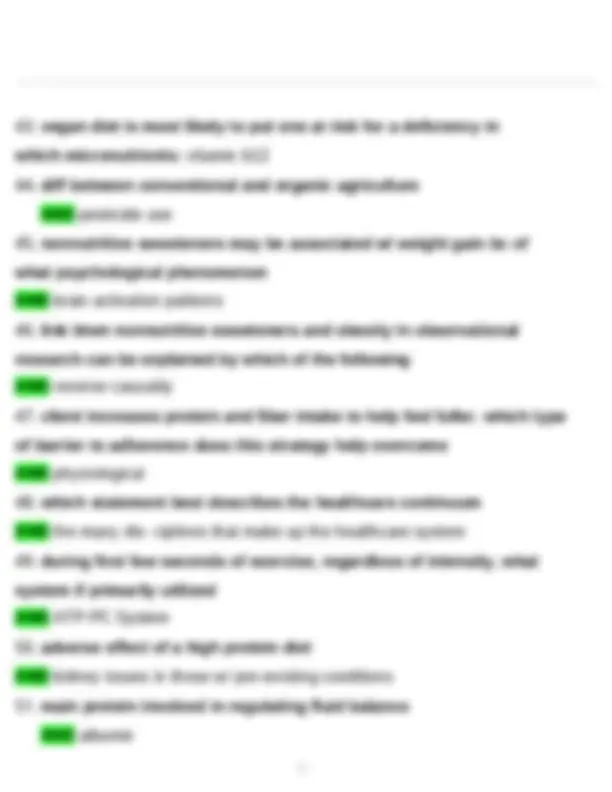
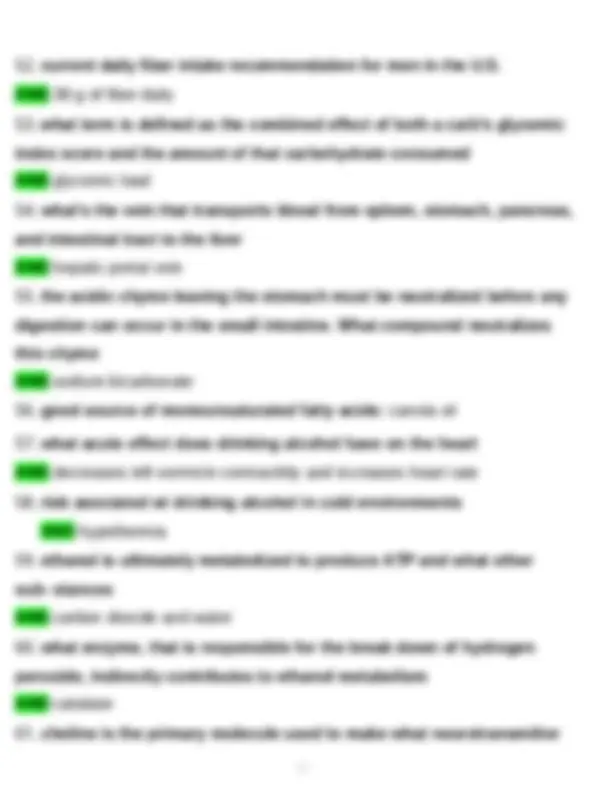


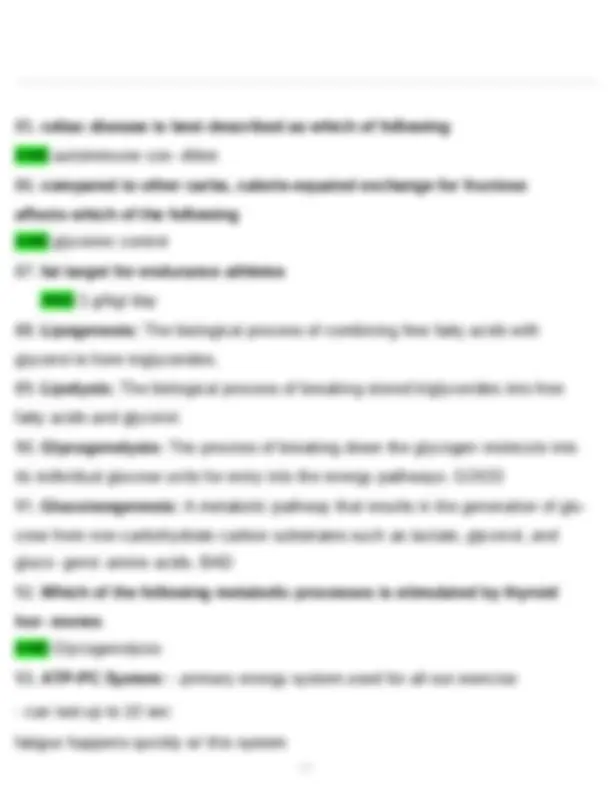

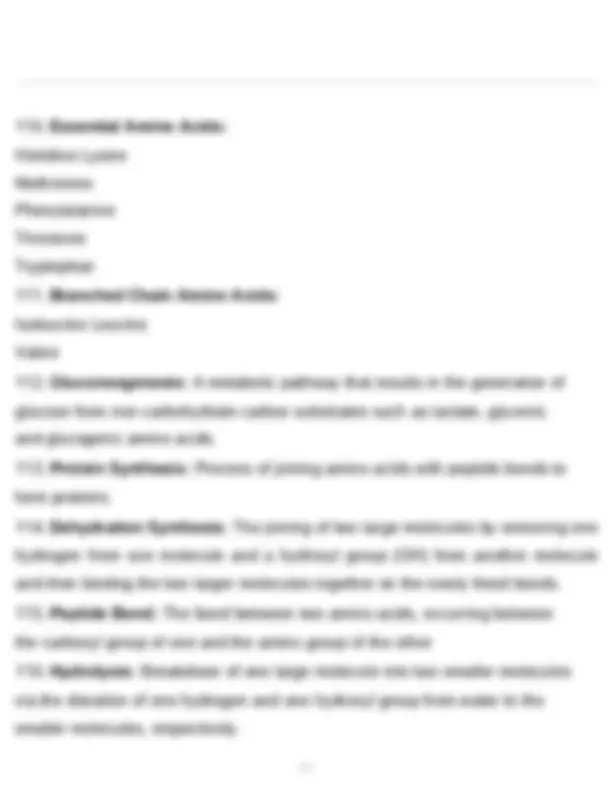
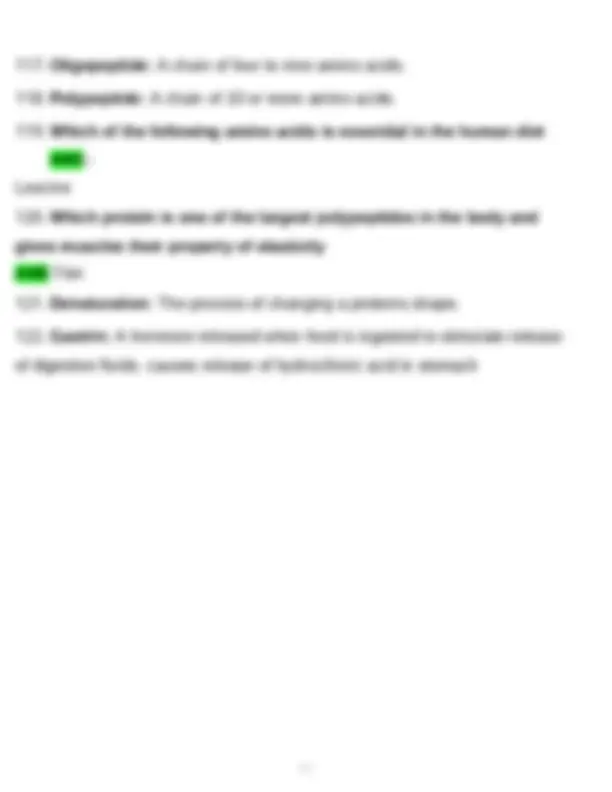
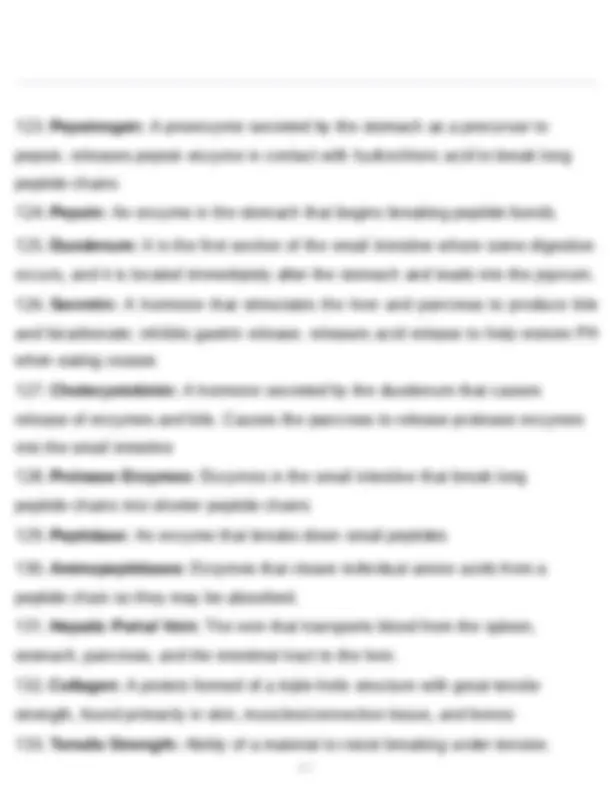
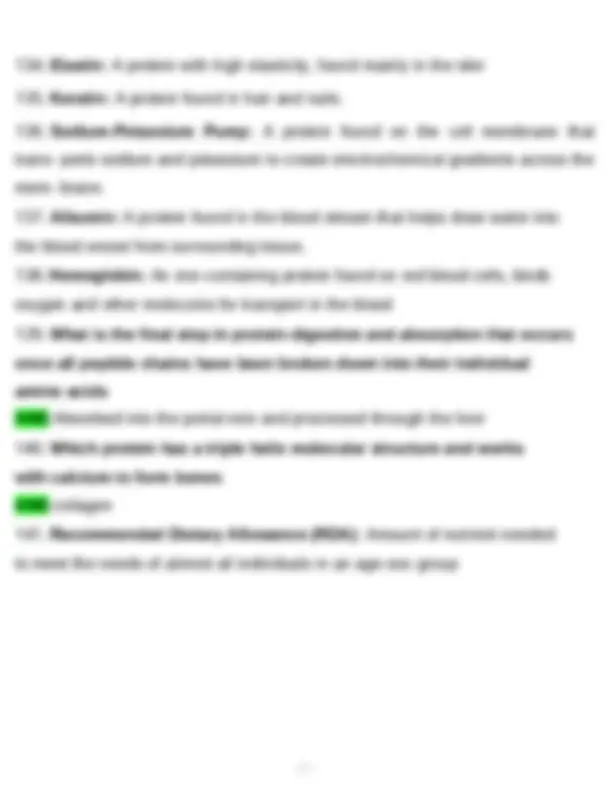
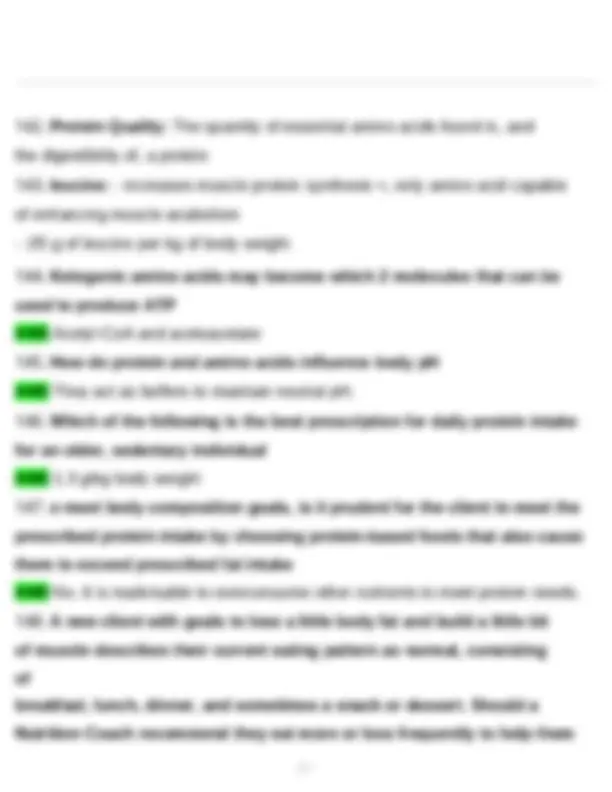



Study with the several resources on Docsity

Earn points by helping other students or get them with a premium plan


Prepare for your exams
Study with the several resources on Docsity

Earn points to download
Earn points by helping other students or get them with a premium plan
Community
Ask the community for help and clear up your study doubts
Discover the best universities in your country according to Docsity users
Free resources
Download our free guides on studying techniques, anxiety management strategies, and thesis advice from Docsity tutors
1. NASM nutrition exam study tips 2. How to pass NASM nutrition certification test 3. NASM nutrition exam practice questions 4. NASM nutrition certification exam difficulty level 5. Best resources for NASM nutrition exam preparation 6. NASM nutrition exam retake policy 7. NASM nutrition certification exam format 8. How long is the NASM nutrition certification exam 9. NASM nutrition exam passing score requirements 10. NASM nutrition certification exam cost breakdown 11. NASM nutrition exam online proctoring options 12. NASM nutrition certification exam topics covered 13. NASM nutrition exam time management strategies 14. NASM nutrition certification exam sample questions 15. How to schedule NASM nutrition certification exam 16. NASM nutrition exam study guide recommendations 17. NASM nutrition certification exam success rate 18. NASM nutrition exam recertification requirements 19. NASM nutrition certification exam vs other certifications 20. NASM nutrition exam calculator allowed
Typology: Exams
1 / 23

This page cannot be seen from the preview
Don't miss anything!
















acetylcholine
the dietary ingredient ANS % by weight of the dietary ingredient in the product